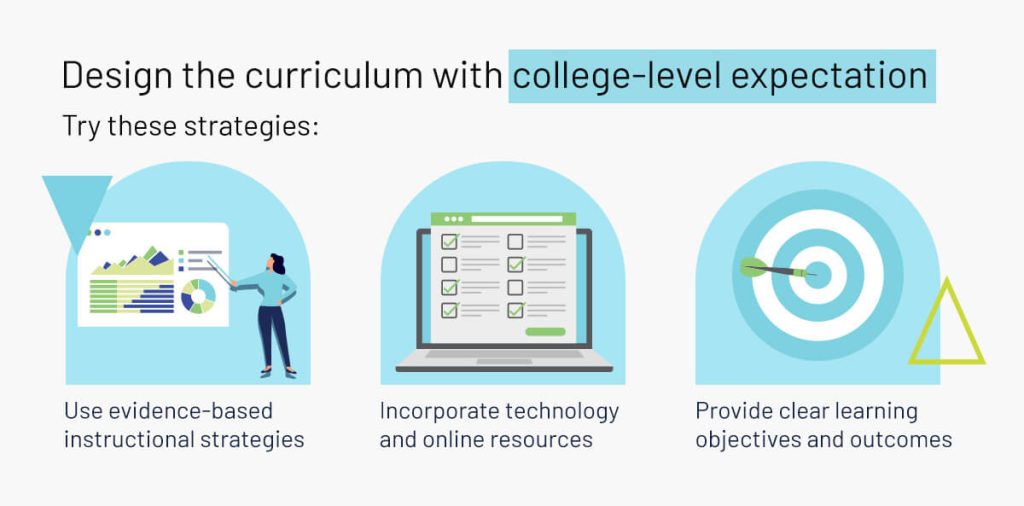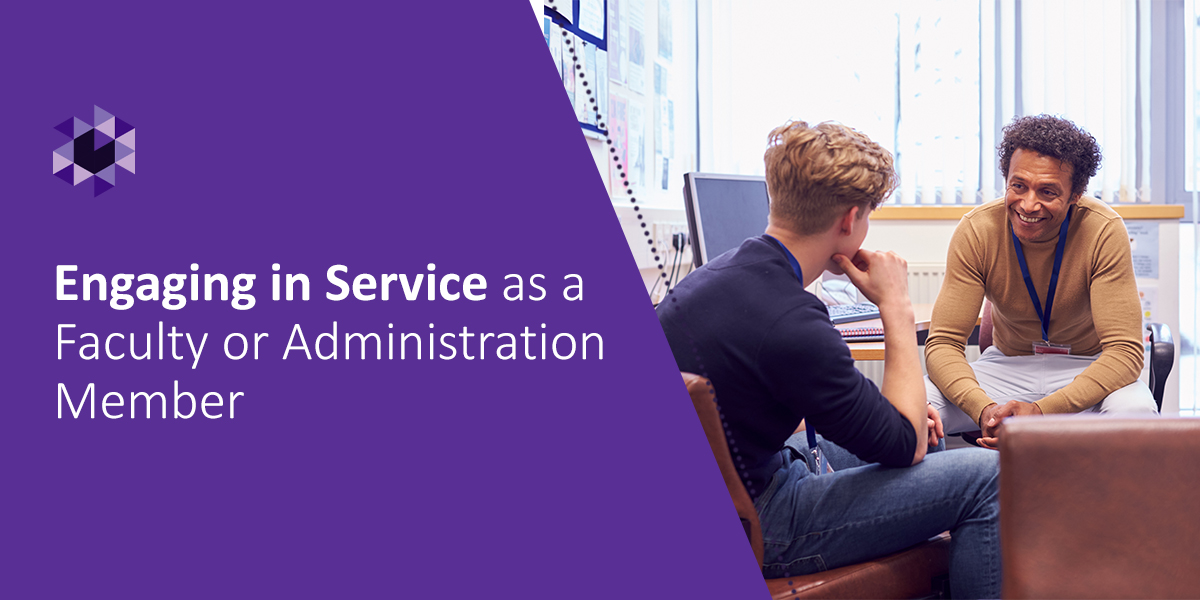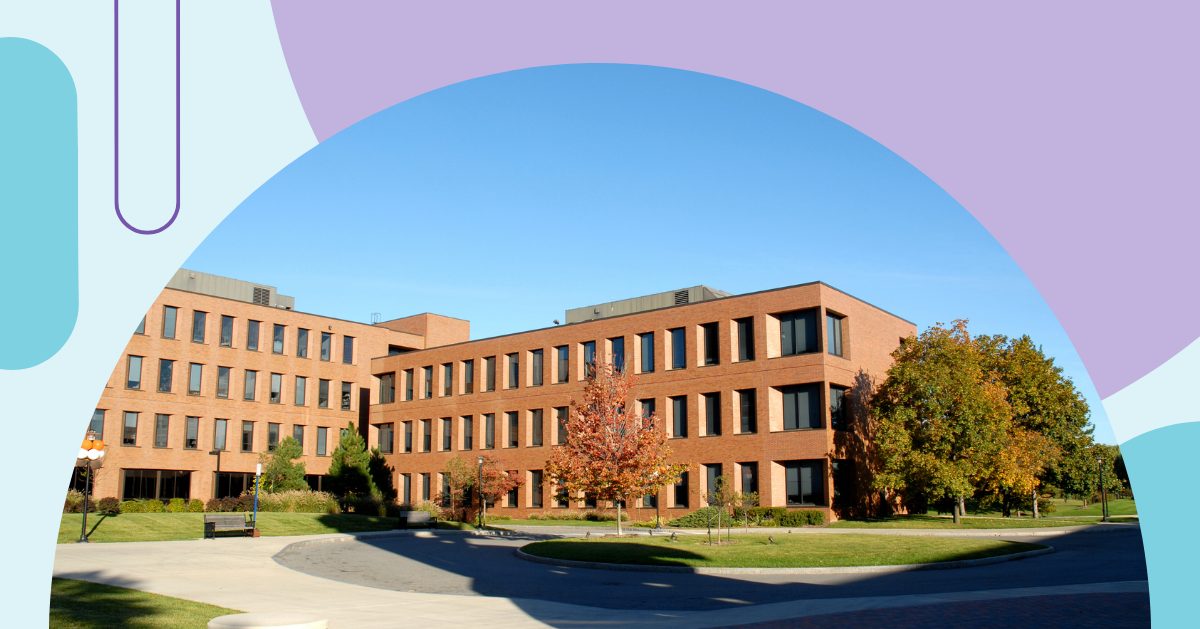
As a higher education institution administrator, you want to ensure that all students have the opportunity to succeed in their academic pursuits. Remedial classes play an essential role in this process, as they provide support for students who need extra preparation for college-level coursework.
For many students, remedial classes are their first experience in a higher education environment. Adjusting to the demands of college life, including time management and study skills, can be overwhelming.
Supporting students who enroll in remedial classes helps improve retention rates and ensures they complete their degrees. Learn more about how remedial courses can help students succeed and how your institution can support them.
What are college remedial classes?
College remedial classes are specialized courses designed to assist students who need extra support in foundational subjects such as math, reading, and writing before they enroll in regular college classes. The primary purpose of these classes is to build essential skills and boost students’ confidence so they are better prepared for college-level work.
Many students start tertiary education without the necessary skills due to various factors, including differences in high school education, personal challenges, or gaps in their learning. Because of these challenges, approximately 30 percent of higher education students enroll in at least one remedial course throughout their program.
Students in remedial courses who may have fallen behind academically get the opportunity to catch up with their peers through targeted instruction that reinforces this foundational knowledge. Unfortunately, some students may view these classes as a setback rather than a vital step toward their success.
5 tips for supporting student success in remedial classes
Students may be in remedial classes for a variety of reasons. It’s essential to ensure support systems are inclusive and meet the needs of all students. Implement these five strategies to help students succeed in remedial courses:
1. Identify student needs
To tailor your approach to meet the unique challenges faced by each student, you first need to identify their needs. These steps will contribute to their success:
- Assess readiness before enrollment: Assessing their skills before enrollment will tell you which students require remedial support. This ensures that those who need help receive it right from the start.
- Use placement tests and diagnostic assessments: These tests are effective tools for identifying specific areas where students struggle. Assessments provide concrete data on the strengths and weaknesses of students, which allows educators to design targeted interventions that address individual learning gaps.
- Gather data on student demographics and needs: Collecting information on student demographics and learning needs creates a comprehensive profile of each student. This data informs instructional strategies and support services, therefore allocating resources to those who need them most.
- Do assessments throughout the course: Regular quizzes, classwork, and observations can highlight where students are experiencing challenges in keeping up with the curriculum. An ongoing evaluation allows educators to adjust their teaching methods and provide additional support as needed.
2. Design the curriculum with college-level expectations
When the remedial curriculum aligns with college-level standards, students will understand what is expected of them in future courses, making the transition smoother. Try these strategies:
- Use evidence-based instructional strategies: Implementing evidence-based instructional strategies, such as active and collaborative learning, enhances student engagement and understanding. For example, breaking down complex concepts into smaller, digestible parts allows students to build a solid foundation before tackling more advanced material.
- Incorporate technology and online resources: Enhance the learning experience by providing interactive and flexible learning opportunities. You can use online platforms to load additional exercises, tutorials, and resources that cater to different learning styles to make it easier for students to grasp challenging concepts.
- Provide clear learning objectives and outcomes: Help students understand what they are expected to achieve. Clarity will help students focus their efforts and track their progress, which is crucial for motivation and success.

3. Train and support faculty
Faculty members who have the right training will know how to address different challenges. Continuous professional development for instructors teaching remedial classes ensures that they are equipped with the latest teaching strategies and educational research. Ongoing training refreshes their teaching toolkit and enables them to implement effective and innovative methods that cater to the unique needs of remedial students.
In addition to knowledge, faculty attitudes toward remedial education also influence student success. Positive and supportive attitudes create a more encouraging learning environment, while negative perceptions may discourage students. Training programs that emphasize the importance of fostering a growth mindset help lecturers cultivate a more supportive atmosphere.
One way to support faculty is to provide mentorship opportunities for instructors who are new to remedial instruction. Experienced faculty can offer guidance, share successful strategies, and assist new instructors in navigating the challenges of teaching students who require additional support.
4. Engage with students
Involving students in their learning helps them take ownership of their education. When students feel empowered to participate in discussions, set goals, and reflect on their progress, they are more likely to stay motivated and committed to their studies. The following are a few engagement strategies:
- Communicate expectations and resources: Clear communication about academic expectations is essential for student success.
- Encourage student feedback: Soliciting feedback from students about their experiences in remedial programs helps with continuous improvement. When students feel their voices are heard, they are more likely to engage with the curriculum and contribute to a positive learning environment.
- Provide emotional and social support: Some remedial students may need emotional and social support. Implementing practices that promote social skills, resilience, and self-esteem will support students’ self-confidence. Regular check-ins about their academic and personal well-being also foster a supportive environment and allow educators to provide necessary referrals to other professionals when needed.
5. Evaluate and improve remedial programs
Collecting and analyzing data on student performance and program effectiveness is crucial for understanding how well remedial programs are meeting their goals. This data provides insights into student progress, retention rates, and areas where students may be struggling, allowing educators to make informed decisions about necessary changes.
Students can provide valuable insights into their learning experiences, while faculty share observations about teaching methods and student engagement. These types of feedback identify strengths and weaknesses in the program and guide improvements. When data and feedback indicate that certain strategies are not working, educators have the opportunity to modify the curriculum and instructional methods. They can also adjust support services to better meet the needs of students.
Also, by learning from the experiences of others, educators can adopt successful strategies and avoid common pitfalls. This exchange of knowledge can lead to enhanced program effectiveness across multiple institutions.
Support remedial student success with Watermark
Tools that collect and analyze data on student performance help institutions identify the specific needs of students in remedial classes. Watermark provides tools and software that promote student engagement, such as tracking participation and feedback, so you can focus on supporting students in remedial classes and implementing strategies.
The Watermark Student Success & Engagement platform helps higher education institutions manage their resources effectively, ensuring that students in remedial classes have access to tutoring, counseling, and other support services they need for their success.
Book a meeting for a live demo and see Student Success & Engagement in action.
















































































































































































































































































































































































































